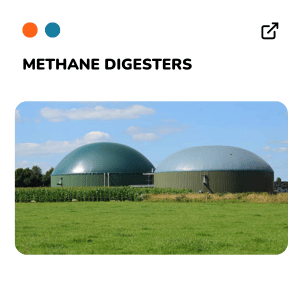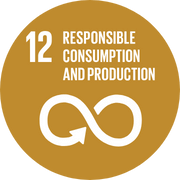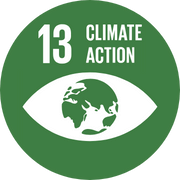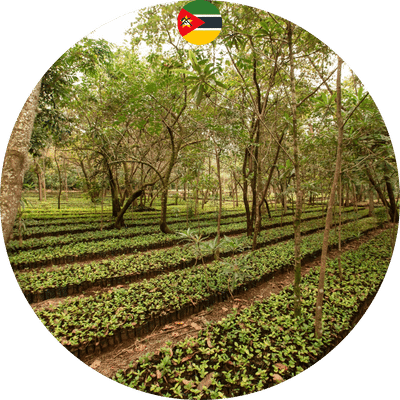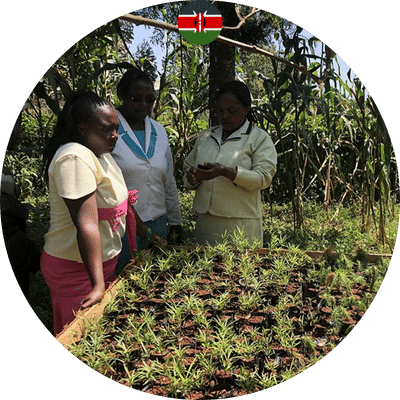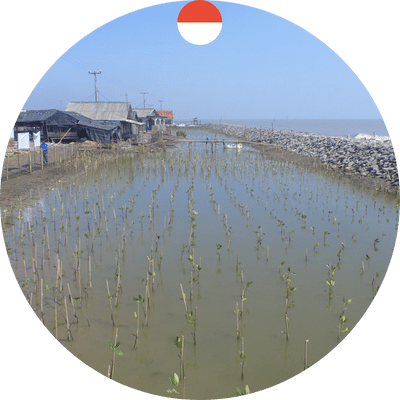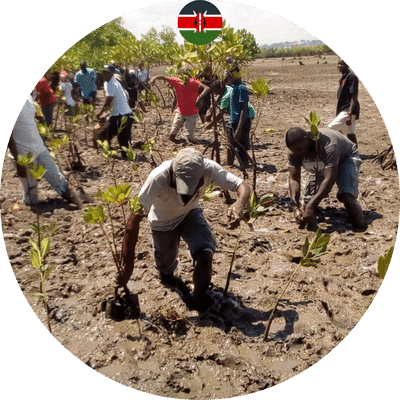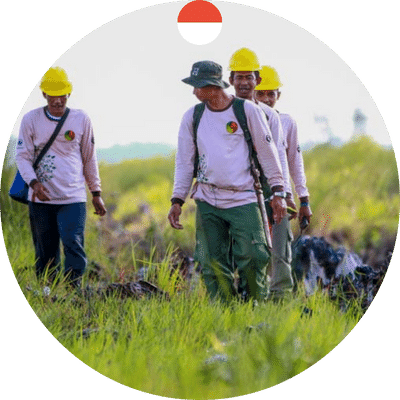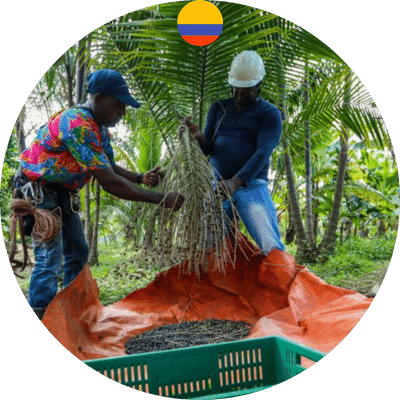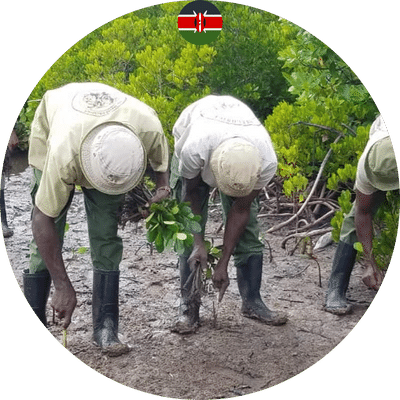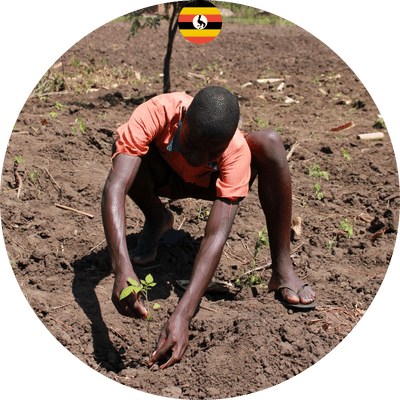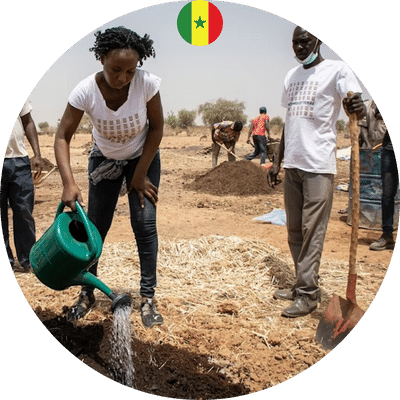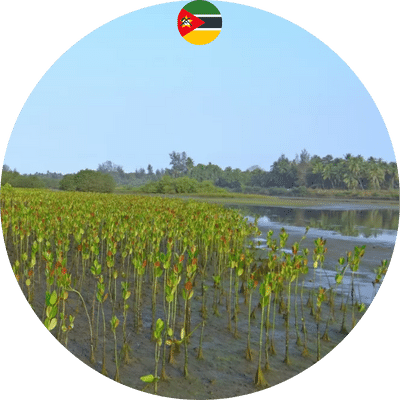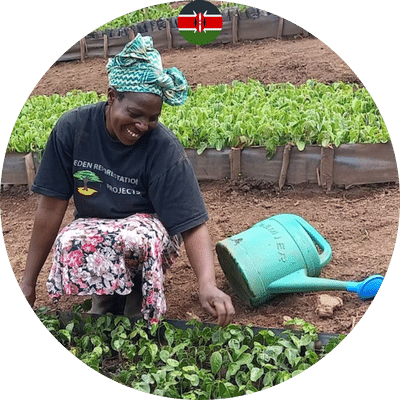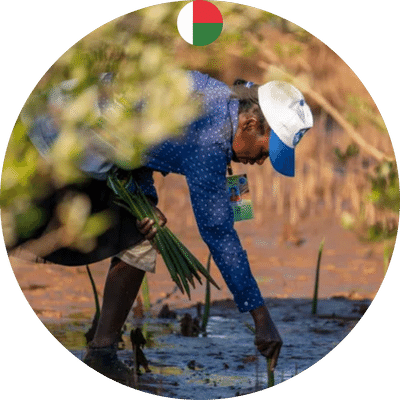Converting Organic Waste to Electricity in India
Project details
- India Organic Waste Management program (IOWMP)
- Project Developer: IORA Ecological Solutions
- Annual Estimated Credits: 12,859


Project location
The project is located in Kerala, a province in the southwest of India, along the Malabar Coast. It is known for its beautiful landscapes, diverse culture, and high literacy rates. The structure of the economy and labor participation in Kerala are notably different from the rest of India.
Agriculture and related activities account for 46.5 percent of employment in India (2021). However, in Kerala, there has been a significant shift away from agriculture over the years. Approximately 63% of the population in Kerala works in the service sector.
Only 20% of the waste collected in India is processed, with the rest being dumped in landfills and garbage dumps. This has severe environmental consequences and significant health risks, especially because a substantial portion (around 50%) of the waste is organic. When organic waste is disposed of in landfills, the lack of oxygen leads to anaerobic decomposition, resulting in the release of methane (CH4) and other harmful gases. Methane emissions in India contribute to about 29% of the country’s total greenhouse gas emissions, which is higher than the global average of about 18%.
In addition to waste management challenges, India is experiencing a rapid increase in energy demand, with high growth in electricity consumption. Currently, rural areas in India heavily rely on coal power plants, which not only emit CO₂ but also pollute local water sources and cause long-term health issues for workers.
Project objectives
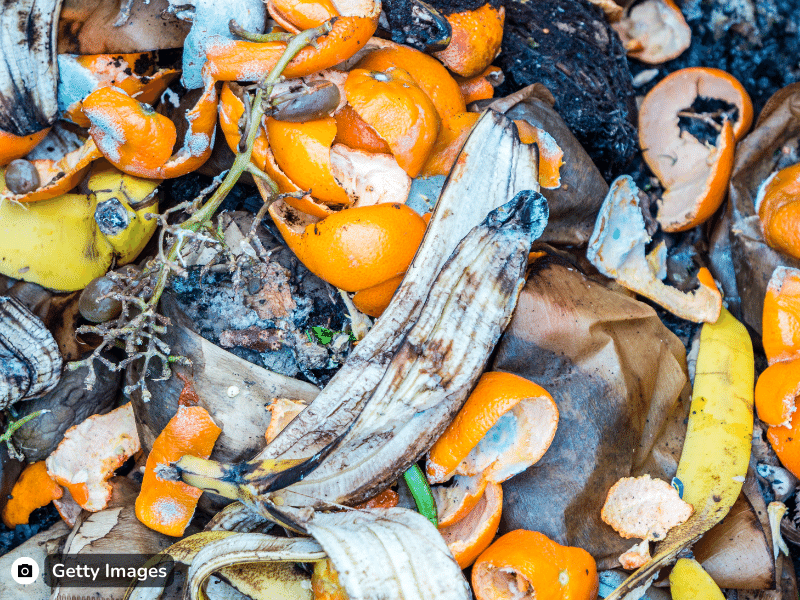
The primary objective of the IOWMP (Integrated Organic Waste Management Programme) is to effectively manage organic waste in India by introducing innovative biogas installations in households, communities, and institutions.
These biogas installations harness the potential of organic waste and convert it into usable biogas. The recovered biogas is then used for generating thermal energy and electricity. This significantly reduces dependence on fossil fuels and non-renewable biomass for cooking, heating, and electricity production.
Before the implementation of the IOWMP program, cooking and heating needs were met through the use of fossil fuels and firewood. Electricity was generated through the combustion of fossil fuels or obtained from the grid. With the introduction of biogas installations, these conventional fuels have now been replaced by biogas generated from biodigesters using a wide range of waste materials.
The primary waste materials include:
- Food waste
- Vegetable peels
- Fruit waste
- Fish and meat waste
- Organic wastewater
- Market and slaughterhouse waste
- Human excreta
- Poultry excreta
- Cow dung
This project has significantly reduced carbon dioxide emissions from the combustion of fossil fuels and non-renewable biomass, as well as methane emissions from decomposing waste in landfills. The installation of biogas units has not only improved the quality of life for thousands of people in Kerala but has also resulted in an annual reduction of several thousand tons of carbon dioxide (CO₂) emissions, simply by effectively managing organic waste.
Traditional biogas installations face significant challenges due to their large underground tanks that are susceptible to rust, leaks, and blockages. The underground tanks make installation and maintenance difficult, leading to the failure of many biogas initiatives in India in the past. IORA and BIOTECH have developed an innovative solution to address this issue through their ‘India Organic Waste Management Programme’ (IOWMP).
This model aims to address the waste problem and promote clean energy in rural and semi-urban areas by introducing their revamped biogas installations that eliminate the drawbacks of conventional systems. The installations are funded by generating carbon credits based on the achieved reduction in methane emissions.
Under the IOWMP framework, IORA and BIOTECH have successfully implemented over 18,000 biogas installations throughout Kerala. With the integration of innovative technology, customer training, continuous monitoring, and maintenance, the success rate of these installations has reached an impressive 99%.
One of the key improvements of IOWMP is the use of patented technology that eliminates the regular need for cow dung, unlike traditional biogas installations. The modular design of these biogas units ensures their reliable performance and makes them easy to operate for both thermal and electrical applications.
Methodology
Agricultural, industrial, and human activities generate organic waste that undergoes decomposition, releasing methane, a potent greenhouse gas. One way to address this issue is by using anaerobic digesters, which are enclosed tanks that utilize microbes to convert organic waste into two valuable products.
The first product is biogas, which serves as an energy source. The second is digestate, which is a nutrient-rich fertilizer. Biogas can be used as a substitute for fossil fuels in heating systems, electricity generation, or as fuel for vehicles that would otherwise rely on natural gas. The use of digestate replaces fossil fuel-based fertilizers while simultaneously improving soil health.
Sustainable Development Goals
When allocating our members’ funds, we’re committed to aiding in the Sustainable Development Goals set by the United Nations. Below are the SDGs acknowledged for this project.
Project Photos












